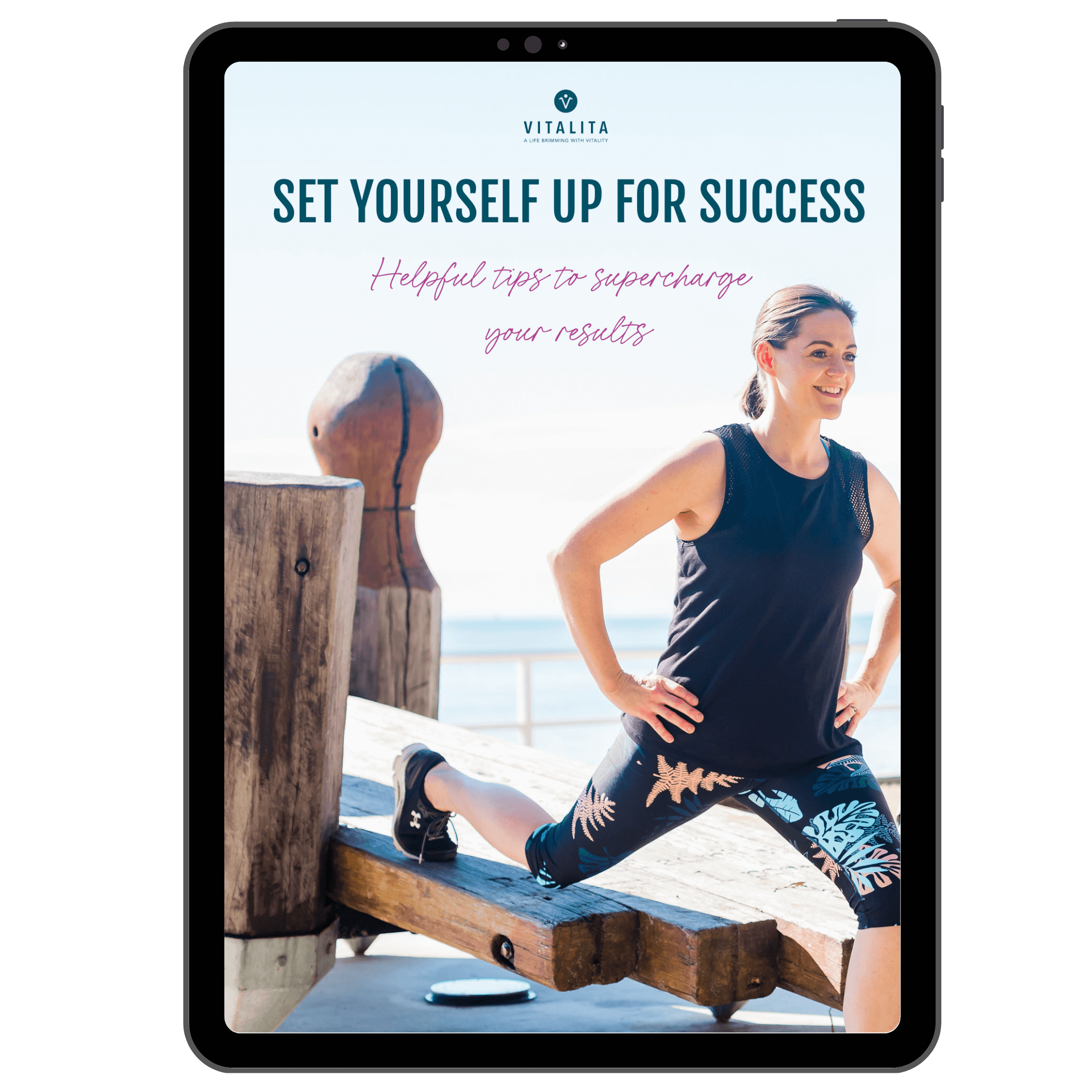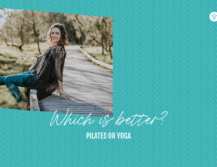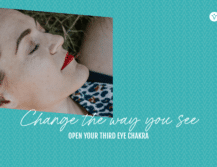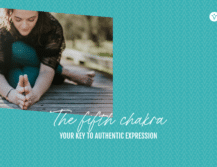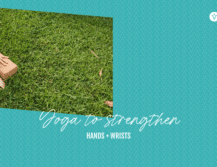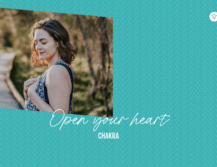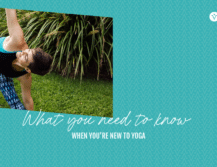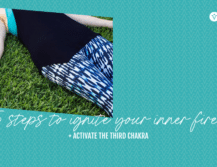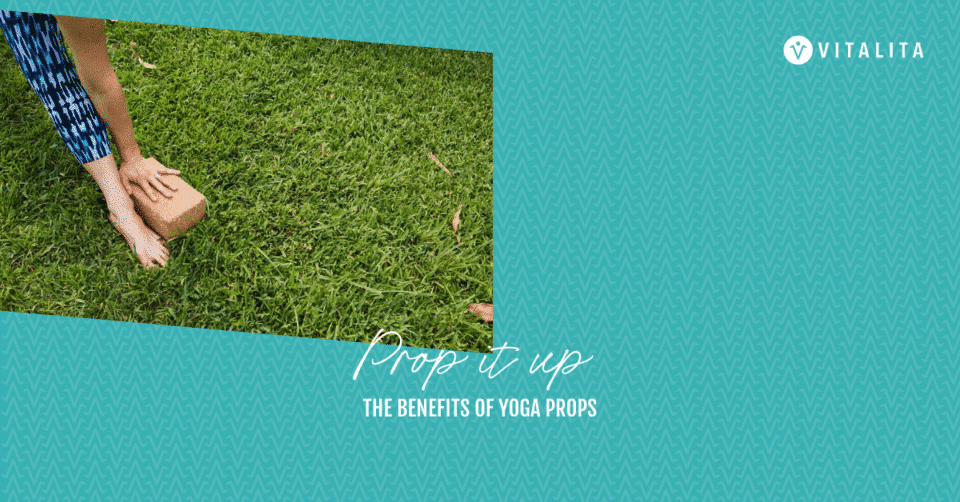
Blocks, bolsters, blankets. Yoga props, do you love ’em or hate ’em?
Yoga props spark all kinds of reactions. There are people who NEVER use props and I’ve heard all kinds of reasons why:
- They take too much time to set up
- They cost too much
- I don’t know what to do with them
- They are only for beginners /older / inflexible people
- I can do the pose just fine without them
- I want to be able to practise anywhere, anytime
At the other end of the spectrum, styles like Iyengar Yoga use an elaborate array of props – chairs, ropes, wall-mounted structures, barrels, benches and stools – to align and support the body.
Driven by distorted notions of what it meant to be a ‘real yogi’, I avoided yoga props for years. In our goal-driven society, we are conditioned to push ourselves, to believe that needing help or support is a sign of weakness. In this context, props can be seen as a sign of weakness and ineptitude. A typical Type A, I was stubbornly self-reliant until a series of muscular strains and broken bones forced me to choose: stop practising yoga or find a way to accommodate my physical limitations.
Learning to quiet the inner voice and acknowledge that my body was crying out for support was a humbling experience but one which, I believe, has made me a better teacher and student.
I have developed a healthy regard for the tools of my trade.
A few wisely chosen props will:
- help you understand your body’s unique range of motion, guiding you towards the ideal alignment for your body
- increase awareness of alignment and muscle engagement
- increase flexibility
- enable you to modify your practice in response to injury, pain or discomfort
- provide support as you explore new and more challenging postures
- increase or decrease the intensity of a pose
- support your body to minimise muscular effort, allowing you to hold restorative or yin poses for a longer period of time.
Props are not a sign of weakness but part of an intelligent practice.
What’s in my yoga toolkit
These days I’m all about the props: the more the better. The floor of my home and office are scattered with blankets, bolsters, blocks, pillows, straps and eye pillows (fortunately for us, Luigi, is not a chewer!).
You can improvise with household items but if you are ready to invest in props, a good starting point is:
High quality, non-slip yoga mat
You can often borrow or rent mats from yoga studios or gym… and that’s probably okay for your first couple of classes. But, seriously, those mats are gross! Leave the sweaty mats in the corner and invest in a high-quality yoga mat.
It’s tempting to purchase a cheap exercise mat but you’ll quickly realise it’s a false economy: made of low-quality rubber, foam or PVC they are generally too soft and thin, wear quickly and emit toxic fumes. They are also not very sticky, meaning you’ll slip and slide during downward facing dog. God help you if you’re practising hot yoga!
When it comes to mats, you get what you pay for so save your money and invest in a durable yoga mat made from natural, textured rubber. These mats are thicker, longer and wider, providing more support and comfort. Consider it an investment in your yoga practice.
For nearly six years I have alternated between the Manduka eko superlite™ travel mat and the Manduka Prolite yoga mat. They still look and feel as good as new! Sam loves his Jade Harmony mat and, when I purchase another mat, I will seriously consider this brand.
Cork or high-density foam blocks
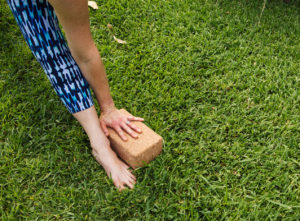 Blocks are one of the most versatile props around. They can be used to:
Blocks are one of the most versatile props around. They can be used to:
1. Extend your limbs, bringing the floor to you
2. Increase awareness of body position and muscular engagement
3. Support or encourage opening in the body.
Just trust me when I say buy two blocks. You have two arms and two legs… so why buy one block?
When it comes to materials, it’s down to personal preference. Wood is aesthetically pleasing but too hard for my liking; cork is nice to look at and just firm enough. I’m also partial to high-density foam blocks with flat edges. In contrast, light-weight foam blocks with rounded edges feel flimsy and I’m never game to put my full weight on them.
Cotton strap with a metal buckle
You’re almost there…. your toes, your fingers… this is where a strap comes in handy, helping you move into poses that are juuuuust out of reach. Straps can also be used to create resistance so you can build strength and stability, and provide reassuring support.
Fork out for a long strap (2.4m) with a metal buckle as there’s nothing worse than a strap that comes up short.
Bolsters or blankets
Because they are soft and comfy, bolsters and blankets really lend themselves to restorative and yin yoga, supporting the body as it opens and relaxes. This can be particularly helpful for people working with particular injuries or limitations. If you can only invest in one or the other, start with a blanket; cheaper and more versatile, heavy woollen yoga blankets can be rolled or folded or draped to provide variable support. Blankets can also be used to keep the body warm as it relaxes or add weight on top of the body which can feel grounding and comforting.
Eye pillow
The first prop I owned was an eye pillow. As someone prone to eye infections, I’ve always been wary of communal eye pillows and consider this a small investment in my eye health. This small silk or cotton pillow filled with flaxseed and, sometimes, dried lavender reduces sensory stimulation, helps the eyes relax into the sockets and stimulates the relaxation response.
Do you use props when you practise yoga?
The next time your teacher suggests using a prop, put your excuses to one side and give it a try. With an open and curious mind, you never know what you might discover.
If you have questions or would like recommendations about where to purchase high-quality props, please drop me a line.
– Georgina –
